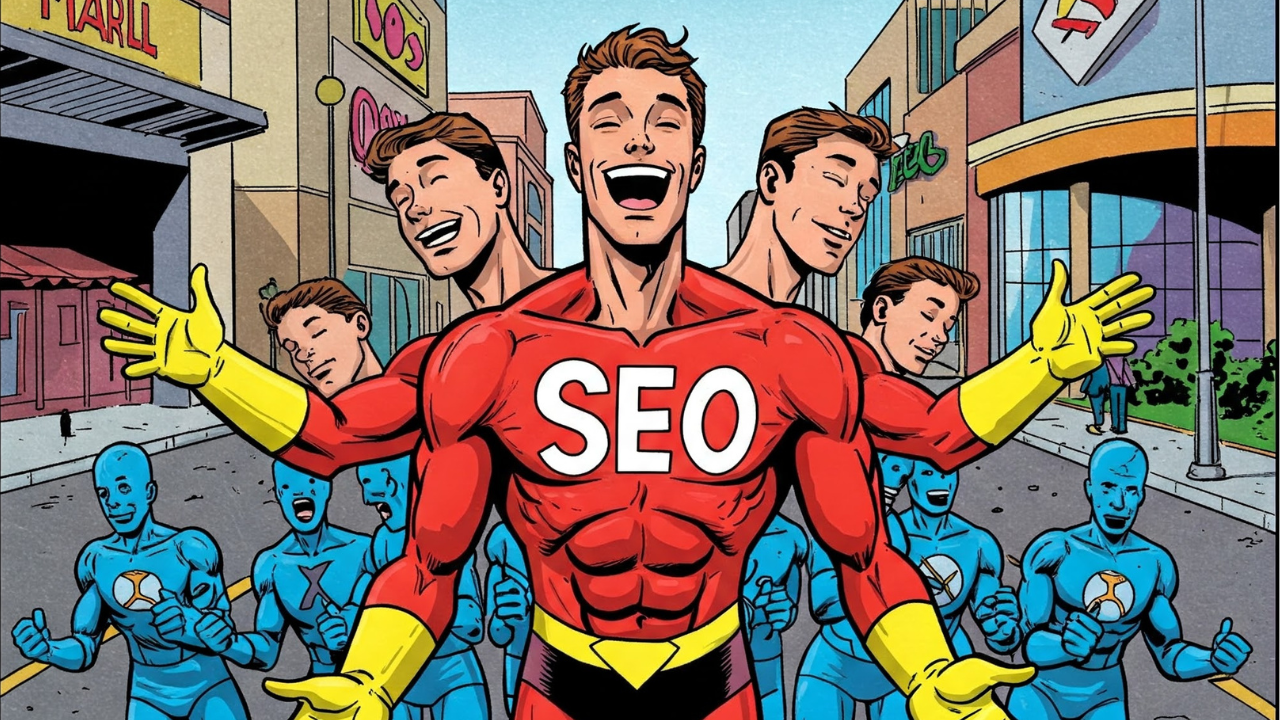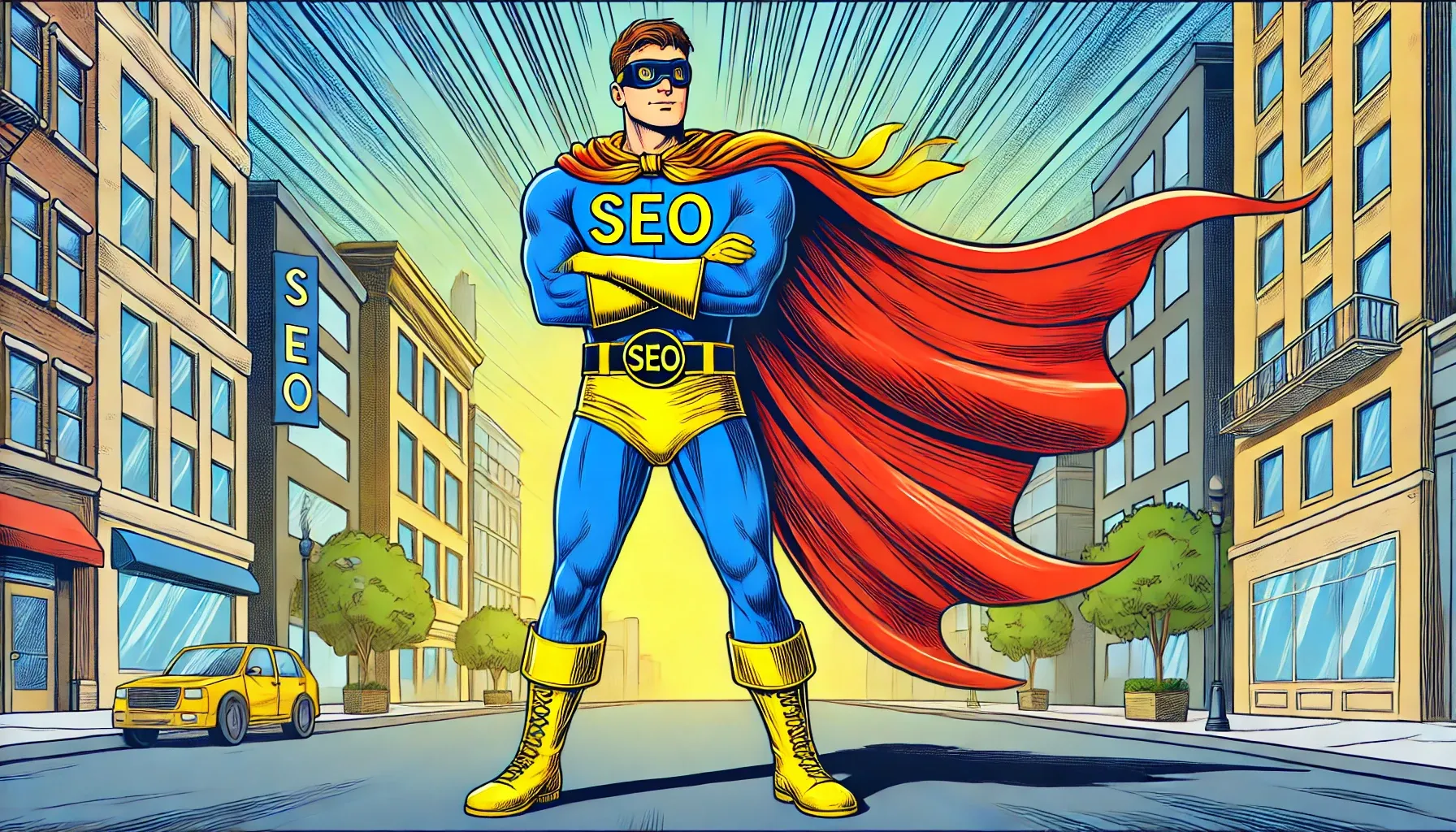One Brand, Two Offers? Yes, and Here’s How to Make It Work
Show up with the same name, same face, same fire — and people won’t be confused. They’ll be curious.

The internet told me to pick one thing.
So I picked myself.
For weeks, I wrestled with it — should I use my name, or should I invent some edgy, startup-sounding brand like Hustle Co?
A cool name felt safer. More "business-like." It made me feel like I was building something bigger than just me. But then a question hit me hard:
Am I planning to sell this thing?
Because most people don’t know who’s behind those trendy brand names... not until they exit. Not until they sell the company, go on a podcast tour, and suddenly the face behind Hustle Co becomes the brand.
You Are the Brand (Even If You Sell Multiple Things)
Look at the brands people love the most: Oprah, Martha Stewart, Tim Ferriss, Marie Forleo, MrBeast.
What do they have in common?
They sell more than one thing, but it all flows through one name.
- Oprah does interviews, books, wellness products, and runs a media empire.
- Tim Ferriss started as “the 4-Hour Workweek guy,” now he’s investing in startups and writing about psychedelics.
- MrBeast? He’s doing YouTube and burgers and chocolate.
They didn’t niche their brand — they expanded it.
Because when people connect with you, they’ll follow you anywhere. Even into new territory.
But What If I Sell Two Very Different Things?
Let’s talk real talk.
If you’re offering web design and coaching… or fitness classes and art prints… it feels like too much, right?
Only if you make it feel that way.
Here’s how to know if one brand can handle both:
One Brand Makes Sense If:
- Both offers align with who you are
- They appeal to a similar audience or mindset
- There’s a common thread (creativity, personal growth, aesthetics, etc.)
- You’re the one doing the work or curating the experience
Example:
You sell digital art and run an online course on building a creative business. That’s not random, that’s connected.
Two Brands May Be Better If:
- The audiences are completely different (e.g., corporate software vs. kids' toys)
- The tone, vibe, and purpose of each offer clash
- You’re planning to scale or sell one side separately in the future
Even then, consider this: brands evolve. What starts as personal can become bigger later.

How to Name Your Brand So It Grows With You
Stuck on what to call it? Here are three timeless options:
- Use Your Name – It’s flexible. It grows with you. It puts a face to your message. (Still the best move if you want longevity.)
- Stylize Your Name – Add “Studio,” “Co.,” or even initials. Gives you polish without boxing you in.
- Pick a Vibe-Based Name – Choose something broad and values-driven, like “BraveWorks” or “Creative Roots.” But keep it flexible enough to evolve.
Whatever you choose, don’t name your brand after a single product. Products change. Your identity doesn’t.
Final Thought: Your Brand Isn’t a Box — It’s a Bridge
If you’re multi-passionate, creative, entrepreneurial… of course you’re going to offer more than one thing. That’s not a flaw. That’s the feature.
People don’t buy your product. They buy your perspective.
And when you show up consistently — same name, same face, same fire — your audience won’t be confused. They’ll be curious.
So yeah, one brand can sell two different things.
It just has to sell you first.
Need help tying your offers together under one brand—and turning that clarity into real momentum?
Let’s simplify your message so your audience knows exactly what you stand for (and buys from you because of it).
Check out this free kit: